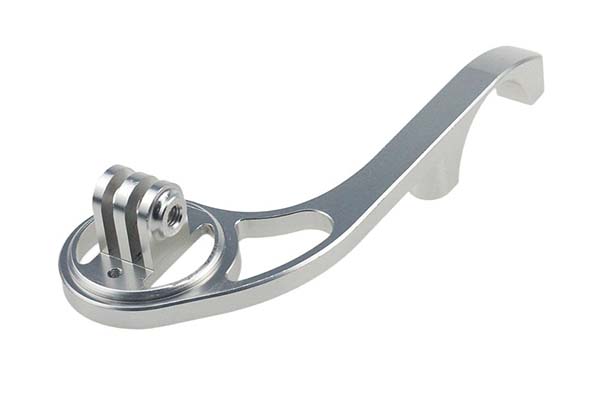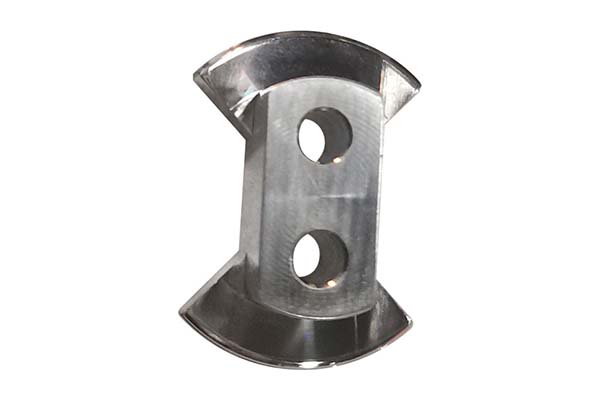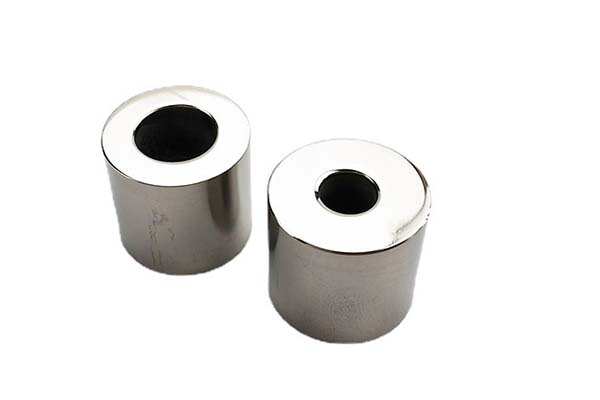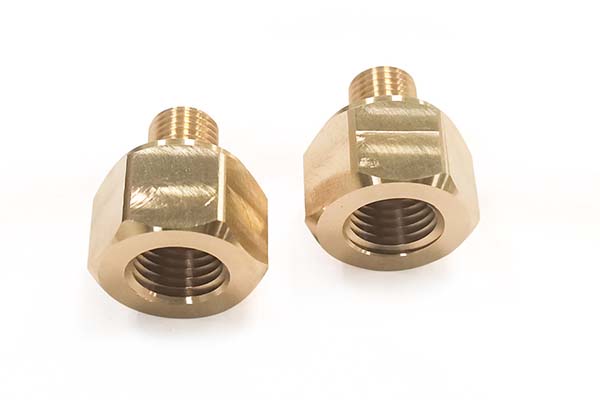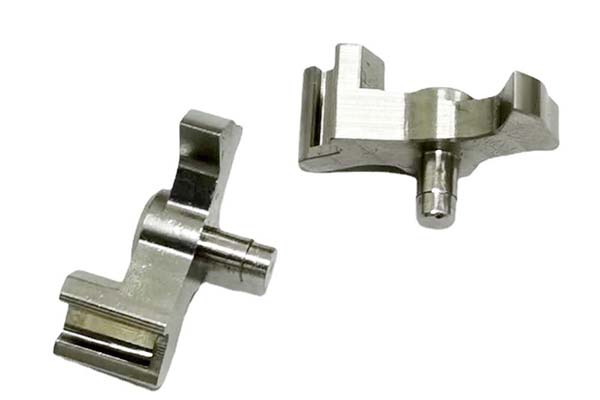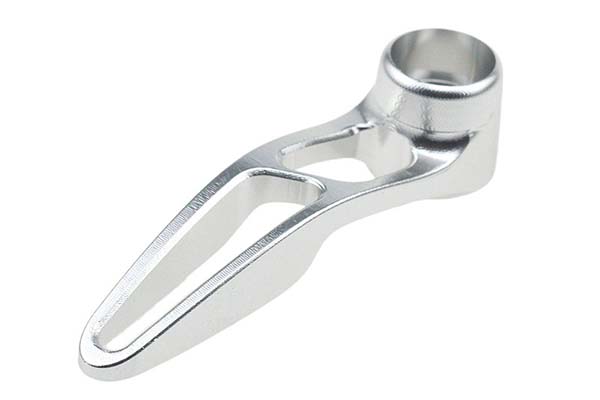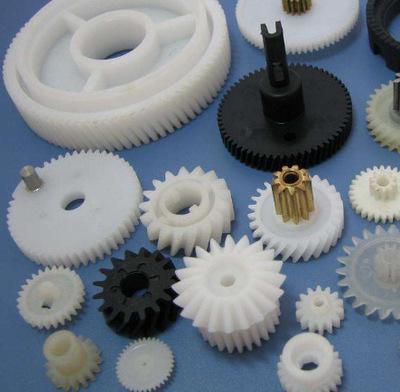Traditional machinery has long been a staple in manufacturing, but it comes with a host of challenges. Manual operation often leads to inconsistent results, with parts varying slightly from one to the next. Skilled operators are hard to find, and production speeds are limited, making it tough to meet tight deadlines. Additionally, complex parts require multiple setups, increasing the risk of errors and driving up costs. This is where CNC equipment changes the game. But what exactly is CNC equipment, and how does it solve these issues? Let’s explore in detail.
1. Types of CNC Equipment
1.1 Milling Machines and Lathes
CNC milling machines are versatile workhorses, used to shape solid materials by removing material with rotating cutters. They can create complex 3D shapes, making them ideal for parts like aerospace components or mold inserts. A 5-axis CNC milling machine, for example, can handle intricate angles and curves that would be impossible with manual milling.
CNC lathes specialize in rotating workpieces while a cutting tool shapes them, perfect for cylindrical parts such as bolts, shafts, or bearing sleeves. They excel at producing symmetrical parts with high precision, essential for automotive transmissions or medical device components.
1.2 Routers and Cutters
CNC routers are designed for cutting softer materials like wood, plastic, and composites. They’re widely used in woodworking for furniture parts, sign making for detailed lettering, and in the aerospace industry for trimming composite panels.
CNC plasma cutters use a high-velocity jet of ionized gas to cut through metal, ideal for thick steel sheets in construction or industrial fabrication. CNC laser cutters offer even more precision, cutting intricate patterns in metal, wood, or acrylic—common in electronics manufacturing for circuit board designs. CNC water jet cutters use high-pressure water mixed with abrasives to cut almost any material without generating heat, making them suitable for heat-sensitive materials like plastics or titanium.
1.3 Specialized Equipment
CNC press brakes bend sheet metal into shapes like brackets or enclosures, while CNC tube benders shape pipes and tubing without kinking. CNC wire EDM machines (Electrical Discharge Machining) cut metal using electrical discharges, perfect for hard materials or complex shapes with tight tolerances, such as dies or tooling. CNC machining centers combine milling, drilling, and tapping capabilities in one machine, streamlining production for complex parts.
2. CNC Equipment Components
2.1 Core Components
Spindles are the heart of CNC equipment, rotating the cutting tools at high speeds. A high-performance spindle can reach speeds of up to 30,000 RPM, ensuring smooth, precise cuts. Cutting tools like end mills, drills, and reamers come in various shapes and sizes, each designed for specific materials and operations. Tool holders secure these tools, ensuring they stay in place during machining.
CNC controllers act as the brain, interpreting the programmed instructions and directing the machine’s movements. They’re equipped with user-friendly interfaces that allow operators to monitor and adjust settings in real time. Servo motors and stepper motors drive the machine’s axes, converting electrical signals into precise mechanical motion. Linear guides and ball screws ensure smooth, accurate movement of the worktable or tool, reducing friction and improving precision.
2.2 Supporting Components
Workholding devices like chucks and vises secure the workpiece, preventing movement during machining. Coolant systems keep the cutting tool and workpiece cool, reducing wear and improving surface finish. For example, in CNC milling of aluminum, coolant helps prevent the material from sticking to the cutter, ensuring a clean cut.
3. CNC Equipment Applications
3.1 Metalworking and Beyond
Metalworking is a primary application, with CNC equipment used to produce everything from simple washers to complex turbine blades. In woodworking, CNC routers create custom cabinetry and intricate wooden designs.
In plastics and composites manufacturing, CNC machines cut and shape parts for consumer products, automotive interiors, and aerospace components. Electronics manufacturing relies on CNC equipment for precise circuit board fabrication and housing production.
3.2 Industry-Specific Uses
The automotive parts industry uses CNC equipment to produce engine components, suspension parts, and body panels with consistent quality. Aerospace components like wing spars and engine mounts demand the high precision of CNC machining to meet strict safety standards.
Medical devices such as surgical instruments and prosthetics are often made using CNC equipment, ensuring they meet exacting tolerances for patient safety. Even art and sculpture benefit, with artists using CNC routers or laser cutters to create intricate designs that would be too time-consuming to make by hand. Industrial prototyping also relies heavily on CNC equipment, allowing engineers to quickly produce and test new part designs.
4. CNC Equipment Programming
4.1 CAD/CAM Software and Codes
CAD/CAM software is the starting point for CNC programming. Engineers design parts in CAD software, then CAM software converts these designs into machine-readable code. G-code (preparatory codes) tells the machine what actions to take, such as moving the tool or changing speeds, while M-code (miscellaneous codes) controls auxiliary functions like coolant or spindle start/stop.
4.2 Simulation and Post-Processors
Simulation and verification tools within CAM software allow programmers to test the toolpath before machining, catching errors like tool collisions or excessive material removal. Post-processors convert the generic CAM code into code specific to the CNC machine, ensuring compatibility.
Offline programming allows programmers to create code without tying up the machine, increasing productivity. CNC programming training is essential for operators, as understanding the software and codes ensures efficient, error-free programming. For example, a complex aerospace part might require hundreds of lines of G-code, but with proper training, programmers can optimize the code to reduce machining time.
5. CNC Equipment Maintenance
5.1 Preventive Maintenance and Calibration
Preventive maintenance is key to keeping CNC equipment running smoothly. This includes regular lubrication of moving parts like linear guides and ball screws to reduce wear. Cleaning and debris removal prevent chips and dust from damaging components—especially important for CNC routers working with wood or plastic, which generate a lot of dust.
Machine calibration ensures accuracy, with regular checks using precision tools like laser interferometers to verify axis movements. A CNC milling machine that’s out of calibration by even 0.01 mm can produce parts that don’t fit, leading to costly rework.
5.2 Tool Maintenance and Troubleshooting
Tool maintenance involves inspecting cutting tools for wear and replacing them when necessary. Dull tools can cause poor surface finish and increase machining time. Spare parts management ensures that critical components like spindles or servo motors are available when needed, minimizing downtime.
Troubleshooting skills are essential for operators. Common issues like spindle vibration or error codes can often be resolved with basic checks, but more complex problems may require a technician. Following a maintenance schedule—whether daily, weekly, or monthly—helps prevent unexpected breakdowns.
6. CNC Equipment vs. Traditional Machinery
| Aspect | CNC Equipment | Traditional Machinery |
| Precision | ±0.001 mm | ±0.05 mm or more |
| Consistency | Identical parts in every batch | Variations due to operator skill |
| Speed | Fast (handles multiple operations automatically) | Slow (requires manual setup for each operation) |
| Complexity | Handles intricate shapes and multiple operations easily | Limited to simple shapes and single operations |
| Cost-effectiveness | Higher upfront cost, lower per-unit cost for large volumes | Lower upfront cost, higher per-unit cost due to labor |
| Environmental impact | More energy-efficient, less material waste | Less efficient, more waste due to errors |
| Skill requirements | Basic training for operation, specialized training for programming | Skilled operators needed for manual control |
| Production volume | Ideal for high-volume production | Better for low-volume, simple parts |
CNC equipment offers unmatched precision, consistency, and speed, making it ideal for modern manufacturing’s demands. While traditional machinery may be cheaper upfront, the long-term savings in labor and reduced waste make CNC equipment a better investment for most businesses.
At Yigu Technology, we rely on advanced CNC equipment to produce high-quality plastic and metal parts. Our CNC milling machines, lathes, and laser cutters ensure precise, consistent results for automotive, medical, and industrial clients. With proper maintenance and skilled programming, we maximize equipment uptime, delivering parts on time and within budget. Trust our expertise to leverage CNC equipment for your manufacturing needs.
FAQs
1. How much does CNC equipment cost?
Costs vary widely based on type and size. A small CNC router can cost \(5,000–\)20,000, while a 5-axis CNC machining center can range from \(100,000 to over \)1 million. The investment is justified by increased productivity and reduced labor costs for high-volume production.
2. How long does it take to learn to operate CNC equipment?
Basic operation can be learned in a few weeks with training, focusing on loading programs, setting up workpieces, and monitoring the machine. Advanced programming may take 6–12 months to master, depending on the complexity of the equipment and software.
3. What’s the typical lifespan of CNC equipment?
With proper maintenance, CNC equipment can last 10–20 years. Spindles and other high-wear components may need replacement after 5–10 years, but regular maintenance extends the overall lifespan significantly.

